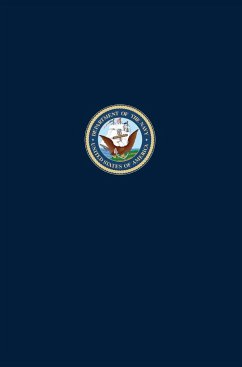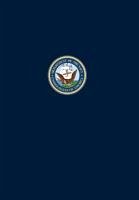His nickname was "Terrible Turner." He was, according to one ensign who served with him prior to World War II, "the meanest man I ever saw, and the most competent naval officer I ever served with." He led the successful amphibious attacks on Guadalcanal, Makin, Kwajalein, Roi-Namur, Saipan, Tinian, and Guam. He was Admiral Richmond Kelly Turner, one of the key figures in America's defeat of Japan. In this fascinating and comprehensive biography, Vice Admiral George C. Dyer documents the tough and fearless leadership of Admiral Turner, his astonishing success in meeting some of the toughest challenges in the history of amphibious warfare, and detailed descriptions of the ships and men who fought under him. More than just a biography, The Amphibians Came to Conquer is a carefully documented history, both strategic and tactical, of the major campaigns in the Pacific from Guadalcanal to Okinawa, providing a wealth of information on how Terrible Turner and the men he commanded conquered island after island against a tough and determined foe. In an astonishing tribute to the tenacity of Turner and his men, a February 21, 1945 Japanese broadcast said: "The true nature of an alligator is that once he bites into something, he will not let go. Turner's nature is also like this." This remarkable book belongs in the library of any serious student of the war in the Pacific. Originally published in 1969. 682 pages, ill.








